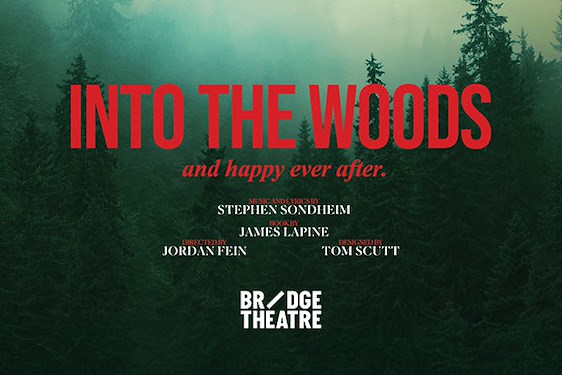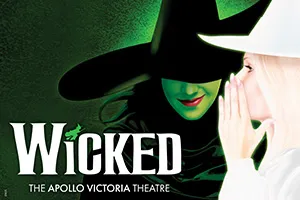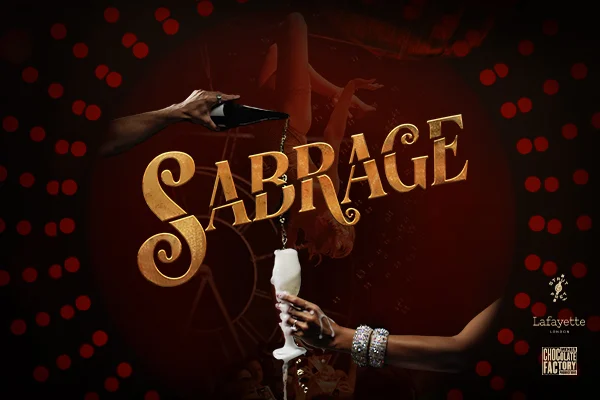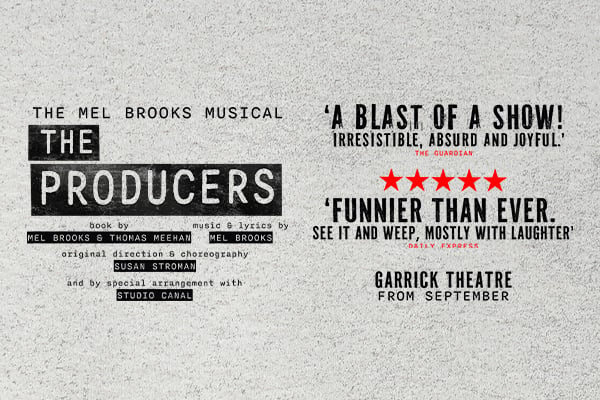Initially I had high hopes for this young company. As the audience scatter themselves around the auditorium, the tableau with which they are met is visually quite striking. Actors are cleverly positioned to play against an effectively simple set, and this care for aesthetics is a recurring feature in the proceeding fifty minutes. Unfortunately the desire to be visually striking leads to a neglect of text and plot.Theseus is Dead uses a classical text to examine the characters present at the beginning of Racine’s Phédre; Theseus never appears onstage, as the focus remains on the private reaction to matters of public importance. It is quite clear that both cast and director have a solid understanding of the original play, conveyed in the set and the blocking, and each line is delivered in the right tone. It just seems as if the cast have relied too heavily on the direction, as if they’re following orders and, as a result, feel emotionally distant from the play. Scenes of anguish become too dramatic too quickly and the audience grows desensitised to what becomes a routine of heavy breathing for Phédre.Instead the production focuses more on visual gimmicks that can be shoe-horned into the moments often between, but sometimes during, the dialogue. Some of these are truly inspired, such as a light acting as the beam of a lighthouse, which passes over the audience during a description of the waves, but not all are so harmonious. The barrage of theatrical experiments, which include various symbolic tableaux and moments of physical theatre, suggest a lack of faith in the text. The production needs to trust that the audience will not grow tired of the play and it should have been clear that the experimentation ought to be left behind during the rehearsal period. Theseus is Dead is a good production; it just hasn’t been edited yet.


















